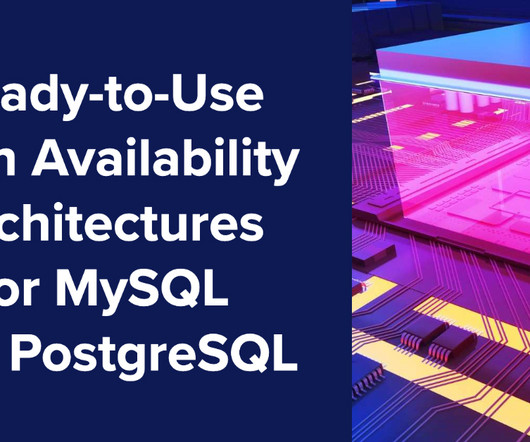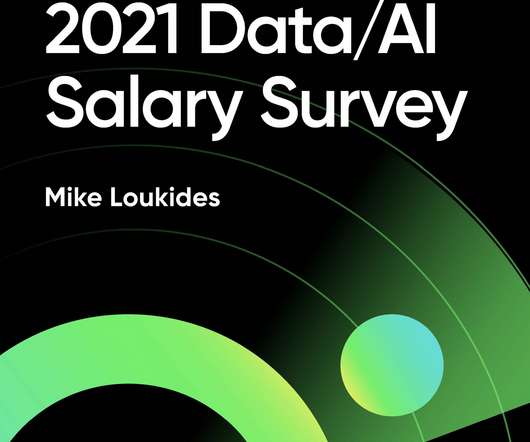3 Trends in Artificial Intelligence and Machine Learning for 2023
DZone
JANUARY 12, 2023
Sundar Pichai, CEO of Google, claims that the impact of AI will be even more significant than fire or electricity on humanity; "It will fundamentally change the way we live our lives, and it will transform healthcare, education, and manufacturing," says Sundar.
























Let's personalize your content